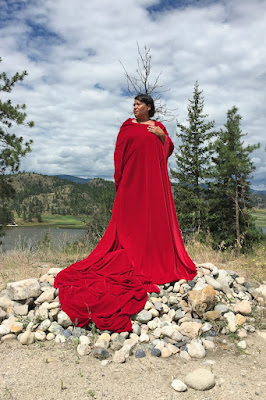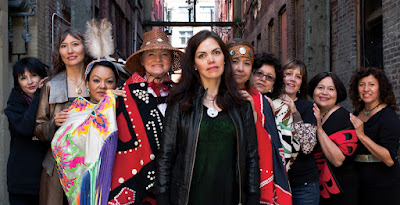With another 007 film about to come out, featuring more villains with disfigured faces, it's timely to mention Face Equality International, an organization whose goal is:
Creating a world where everyone is treated fairly whatever their face looks like.
"Face Equality International is an alliance of Non-Governmental Organisations (NGOs), charities and support groups which are working at national, regional or international levels to promote the campaign for ‘face equality’."
"The campaign for ‘face equality’ was launched in May 2008 by the UK charity/NGO, Changing Faces, with the aim of creating a world in which people who have disfigurements to their face from any cause are accepted and valued as equal citizens, free of prejudice, low expectations and stigma. The campaign has attracted worldwide attention and has strong parallels with those against racism and sexism."
Even though I'm involved in a lot of diversity and inclusion initiatives and projects, it had never crossed my mind to consider how people whose faces are disfigured (for any number of reasons) are typically portrayed as villains and "bad guys" in the movies and TV shows. I certainly notice how most shows feature white people as the primary characters, perhaps with a Black person as a secondary character -- the friend, or the neighbour, etc.
Including great resources for schools and teachers: https://faceequalityinternational.org/resources/
Facebook page: https://www.facebook.com/faceequalityint
Metro article on new 007 movie and how it promotes fears of facial scars:






